What Is a Steering Committee in Project Management?
Steering committees are here to guide a successful project delivery. They oversee the project’s direction and align strategic goals with business goals. This article will help you fully understand the impact of a steering committee in project management and its roles and structure. We’ll also cover the best practices.
Key Takeaways
- The committees provide high-level oversight and guidance to align projects with strategic and business objectives.
- Key responsibilities include approving project plans, budgets, and timelines, resolving issues, and communicating project progress to stakeholders.
- Effective boards have clear roles and responsibilities, foster open communication, and make data-driven decisions.
- Building a collaborative environment requires clear expectations, active listening, and constructive feedback.
What Is a Steering Committee?
A steering committee is a board of key stakeholders, senior leaders, sponsors, and topic experts responsible for making high-level decisions that impact the project. Their job is to ensure that the project aligns with the organization’s strategic objectives.
This group oversees and guides project teams from the start to project closure. The board needs to provide governance and direction to a certain project, resolve conflicts, and support the project manager and team throughout the project lifecycle.
Importance of Steering Committees in Project Management
The project steering committee plays a leading role in project management as it guides working groups to achieve strategic goals.
The committee is here to balance the project objectives with available resources, timelines, and potential risks or constraints. Committee members keep projects on track from start to finish.
What Is a Project Steering Committee Charter?
The steering board needs a clear direction with actionable steps. This direction needs to be documented in a strategic roadmap.
The project steering committee charter is an actionable roadmap that contains the committee’s purpose, scope of authority, list of operations, and composition. It defines how exactly the board works and supports working groups.
Here’s what to include in the committee charter:
- The vision of the project and the mission of the committee group
- The board’s complete scope of authority and influence on the projects
- Formation rules and criteria for choosing members and their key roles
- List of project deliverables, along with directives on decision-making, project operations, opinions, and group analysis
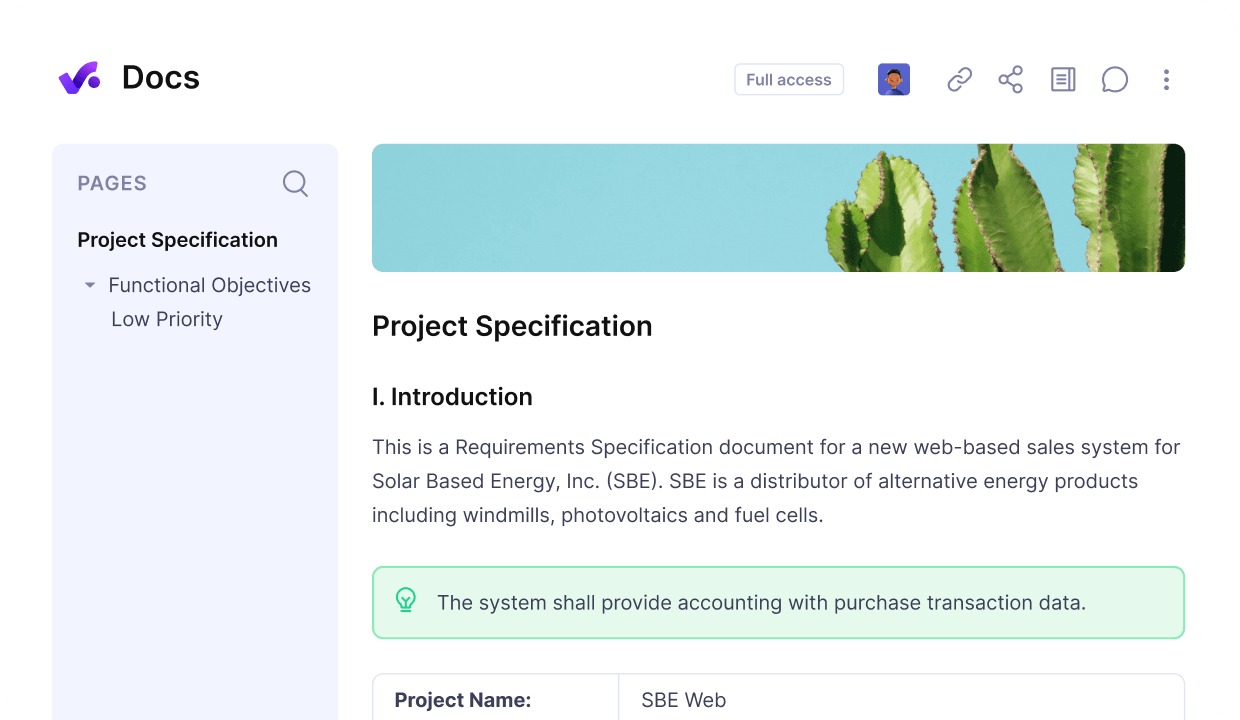
USE PRODUCTIVE TO WRITE AND SHARE PROJECT STEERING COMMITTEE CHARTERS.
What Are the Roles and Structure of a Steering Committee?
The steering committee consists of senior executives, project sponsors, and key stakeholders from different organizational levels. Each member has clearly defined roles and responsibilities within the project scope.
Let’s expand on that.
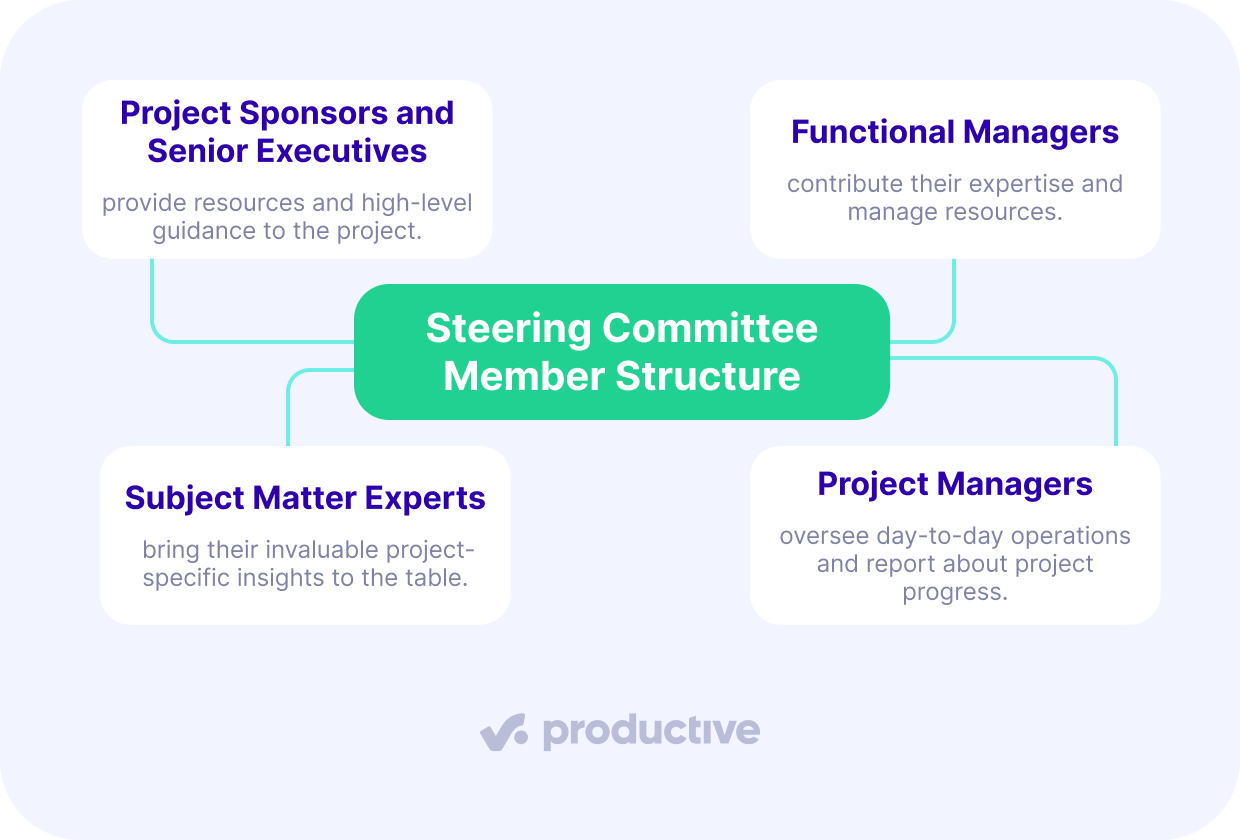
Key Members
The committee is a group of highly experienced and authoritative individuals who guide the project’s strategic direction and oversee its progress. In this group, you’ll also find senior executives, project sponsors, functional managers, and subject matter experts.
These individuals bring diverse backgrounds, expertise, perspectives, and opinions to guarantee the project aligns with organizational goals.
They also ensure that the project has sufficient resources. If potential risks arise, it’s up to the board members to address them.
Organizational Levels of Involvement
End-to-end project management of big enterprise projects is very complex. These projects often have multiple layers covering different project phases. Because of this complexity, committee members need to come from various organizational levels and include different points of view.
- Executive sponsors provide high-level guidance to the project.
- Functional managers contribute their expertise and manage resources.
- Project managers oversee day-to-day operations and handle communication about project progress.
- Subject matter experts bring their invaluable project-specific insights to the table.
This diverse constitution is much needed for effective decision-making that’s aligned with organizational goals.
Individual Role Responsibilities
As said, each group member has individual responsibilities that must be clear before the project initiation phase. Generally speaking, the roles are usually divided into chair, secretary, sponsors, and members.
Here’s what every role does:
- The chair is the group’s overall leader, who sets agendas, leads the meetings, and guarantees the committee’s objectives are met.
- The secretary records committee meetings, manages documentation, and facilitates communication.
- Sponsors provide resources, remove obstacles, and champion the project.
- Other members play advisory roles, make critical decisions, and represent their respective areas.
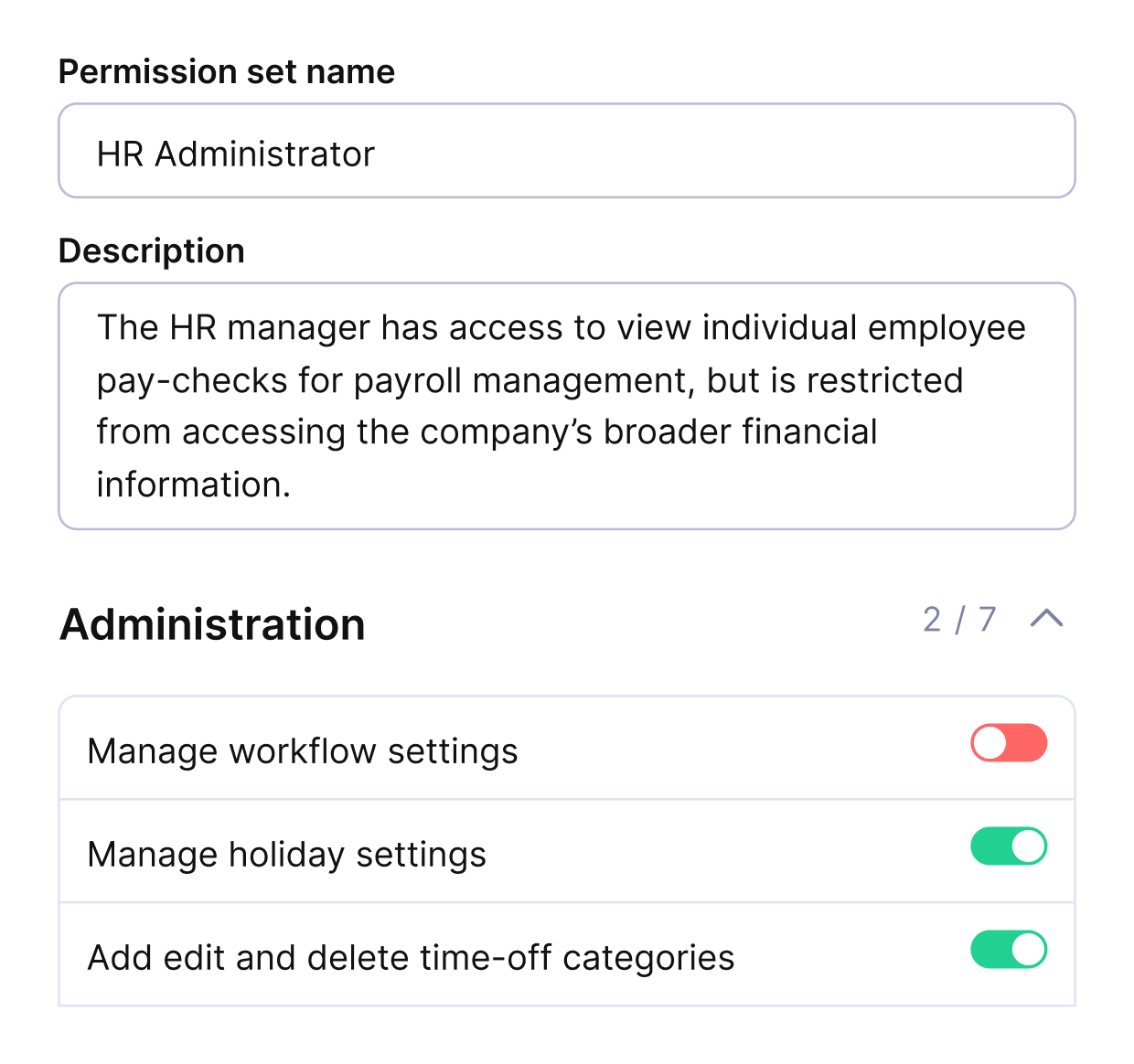
define access controls AND manage USER permissions IN Productive.
Purpose and Functions of the Committee
The purpose of a steering committee is to provide strategic support, have the decision-making authority, approve budgets, resolve issues (or conflicts), and monitor if the project is on track.
Let’s have a closer look at how these purposes (and their functions) translate to key project areas and their project teams.
Strategic Support
One of the key responsibilities of the committee is to ensure that project managers have enough available resources and support. On top of that, it’s up to the committee to brainstorm project strategies, prioritize initiatives, and allocate those resources efficiently.
Decision-Making Authority
The executive board is the ultimate decision-making authority in the project. It approves project plans, budgets, timelines, and overall strategic direction.
It’s also up to the group to make key decisions regarding scope changes, resource allocation, and risk mitigation strategies. Think of it like this – if you’re on the committee, you must guarantee that the project aligns with organizational objectives and delivers the intended benefits.
Budget Approval
The committee also needs to approve all major financial decisions like project budgets, proposed expenses, and other financial constraints. Once approved, the budget is a financial roadmap for project execution.
Here’s what the approval process involves:
- Inspecting cost estimates and assumptions
- Evaluating resource allocation
- Identifying potential risks and mitigation strategies
- Authorizing the release of funds
Issue Resolution
Projects don’t often go as planned. Despite detailed plans and budget allocations, unpredicted challenges can pop up. These challenges need to be resolved quickly.
One of the key tasks of the committee is to address these challenges and propose solutions that project managers need to implement to get things back on track.
Progress Monitoring
Committees monitor project progress and receive regular updates. While monitoring, the group needs to assess if the project is on track and identify any potential risks that cause deviations.
Here’s what the monitoring process involves:
- Reviewing project progress reports to assess progress against milestones and project deliverables.
- Evaluating resource utilization and budget adherence
- Addressing escalated issues and making timely decisions to keep the project on track
- Communicating project health to project stakeholders
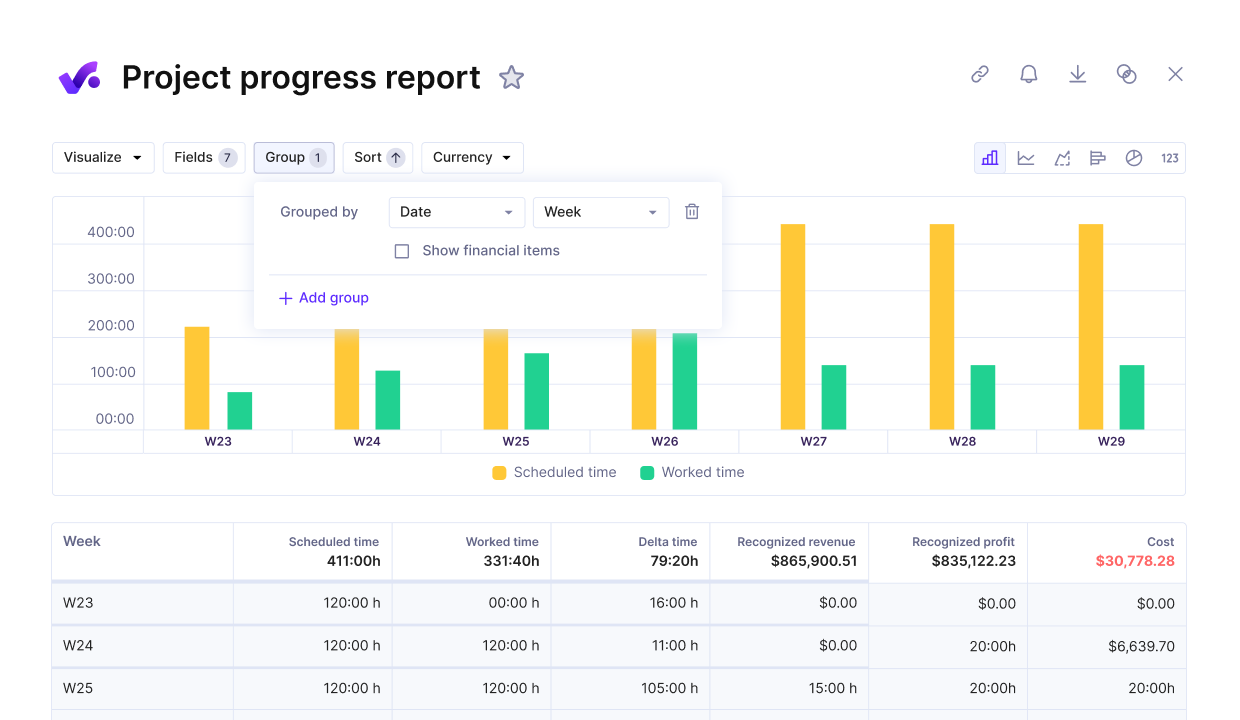
PRODUCTIVE PROVIDES DETAILED REPORTING ON PROJECT PROGRESS.
How To Run a Committee Meeting?
Steering committee meetings need to have a clear agenda (why has everyone gathered), assigned roles (who does what), and a constant focus on the objectives.
During the meeting, all participants should openly communicate, actively listen and have respectful dialogue. After the meetings conclude, the conclusions, action items, and next steps need to be documented. The documented findings should be forwarded to all meeting participants.
How To Prepare a Meeting Report?
Reporting to the executives can be stressful. An effective report should be concise, focused, and tailored to the committee’s strategic interests.
In the report, it’s important to focus on high-level updates rather than granular details. Always use clear language and use visuals like charts to simplify complex data.
If you can – anticipate potential questions and prepare responses to demonstrate thorough project oversight.
Here’s what to include in the report:
- Project Overview: Summarize the project’s objectives, scope, and current status.
- Progress Highlights: Highlight key milestones achieved since the last report.
- Financial Status: Provide a summary of the budget, expenditures, and any financial variances.
- Risk and Issue Management: Identify current risks and issues, as well as mitigation strategies.
- Next Steps: Outline upcoming activities and any decisions required from the committee.
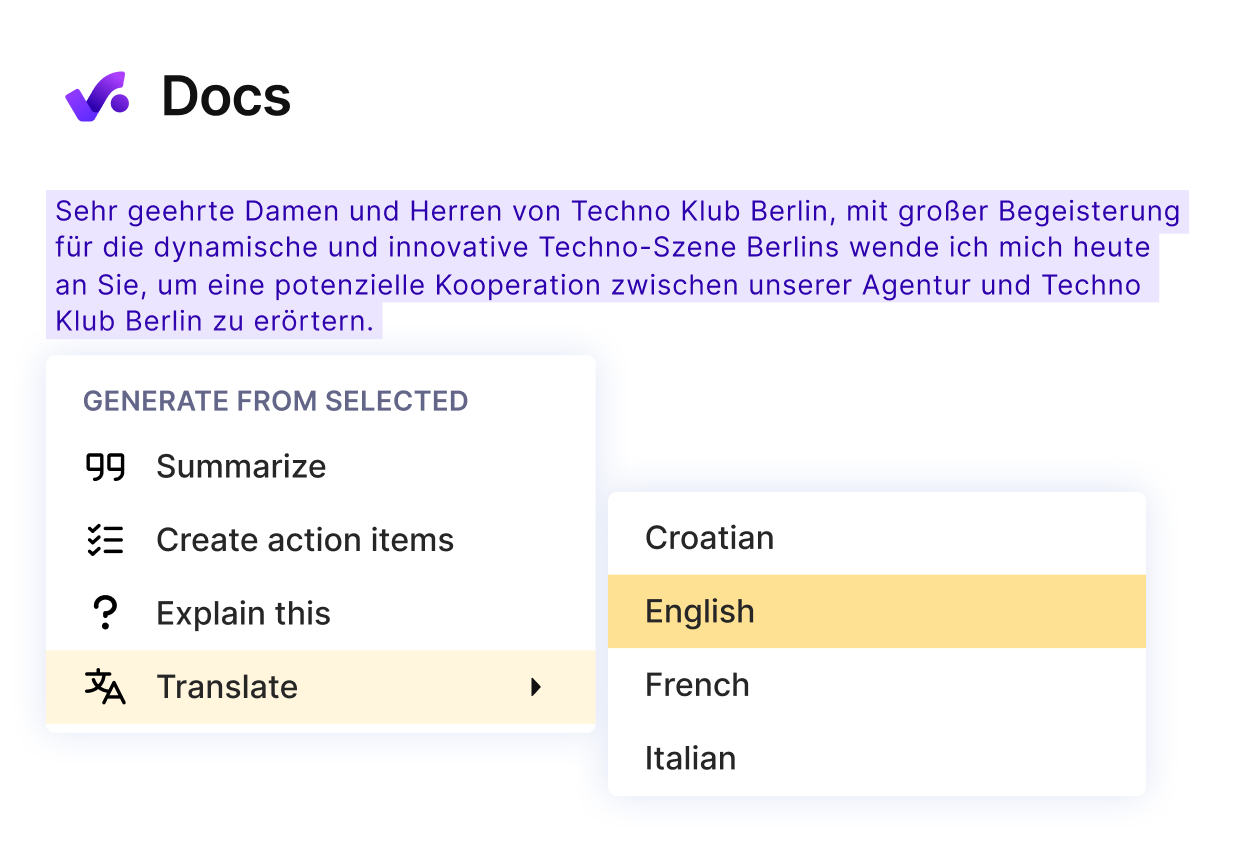
PRODUCTIVE’S AI FEATURES SIMPLIFY EDITING DOCUMENT SUMMARIES OR CREATING ACTION ITEM LISTS FROM MEETING NOTES.
Best Practices for Successful Steering Committees
The best practices for successful committees are establishing clear roles and member responsibilities, regularly monitoring progress, setting defined goals, and fostering open communication between members.
Here’s how each practice benefits the committees:
- Clear roles and member responsibilities eliminate confusion and keep every member accountable.
- Well-defined project goals and measurable objectives make project progress tracking more accurate.
- Regularly monitored progress helps to spot risks early on and make the decisions to mitigate them.
- Open communication and collaboration among members and stakeholders guarantee alignment and help resolve issues promptly.
Steering Committee Challenges and Considerations
The most common challenges of steering committees are communication issues, unclear roles and responsibilities, managing stakeholder expectations, and balancing competing priorities.
Other challenges that committees have are resolving conflicts and making sure that everyone involved remains aligned with the strategic direction set in place.
Let’s talk more about the challenges and how to solve them:
Effective Communication Issues
If there’s a lack of clarity in committee directives, project teams can end up working on outdated priorities.
Deadlines need to be respected, so straying off and spending time and resources on activities that aren’t as important at the moment leads to resource waste and roadblocks.
For example, in large-scale IT implementations like ERP system rollouts, misalignment between decision-makers and technical teams can lead to costly delays. That’s why board members need to communicate and collaborate frequently, especially after completing project milestones.
Unclear Roles and Responsibilities
Every member has a purpose. The project charter has a complete list of responsibilities. Committee members need to respect it and shouldn’t step on each other’s toes. If there isn’t a clear division of responsibilities, decision-making soon becomes inefficient.
For example, if the committee oversees a multi-departmental product launch—if marketing, finance, and engineering leaders aren’t aligned on their specific roles, conflicting priorities can stall progress. That’s why committee responsibilities need to be outlined and documented.
Managing Stakeholder Expectations
It’s normal that executives, investors, and operational teams sometimes have different interests. When doing stakeholder mapping, you need to implement structured feedback loops so everyone’s expectations are transparent and addressed.
Balancing Competing Priorities
Large organizations run multiple strategic initiatives simultaneously. This means the executive board must ensure projects align with overarching goals and don’t mix with each other. There must be a structured prioritization framework to help committees allocate resources effectively.
Addressing Conflicts and Ensuring Alignment
Differing opinions within the board can slow decision-making. When complex projects like mergers and acquisitions happen, committees composed of leaders from both merging entities sometimes have conflicting visions on integration strategies.
Issues or internal conflicts need to be resolved as soon as possible. If not, the lack of unity or direction can spill over to working groups, and that can lead to disaster or back-and-forth head-butting between managers or departments.
Committees need to adapt structured conflict resolution techniques to resolve these issues
Differences Between Steering Committee and Working Groups
Steering committees focus on high-level decision-making and oversight while working groups handle the hands-on implementation of individual projects.
Adaptations of these structures look differently across industries, with some sectors favoring more formal and hierarchical approaches while others opt for flatter, more collaborative arrangements.
It’s very important to consider your organization’s specific needs and goals when determining the most effective management structure.
- Steering committees provide high-level guidance, decision-making, project metrics monitoring and oversight.
- Working groups handle day-to-day task management and deliverables.
- Steering committees align projects with organizational goals; working groups execute plans.
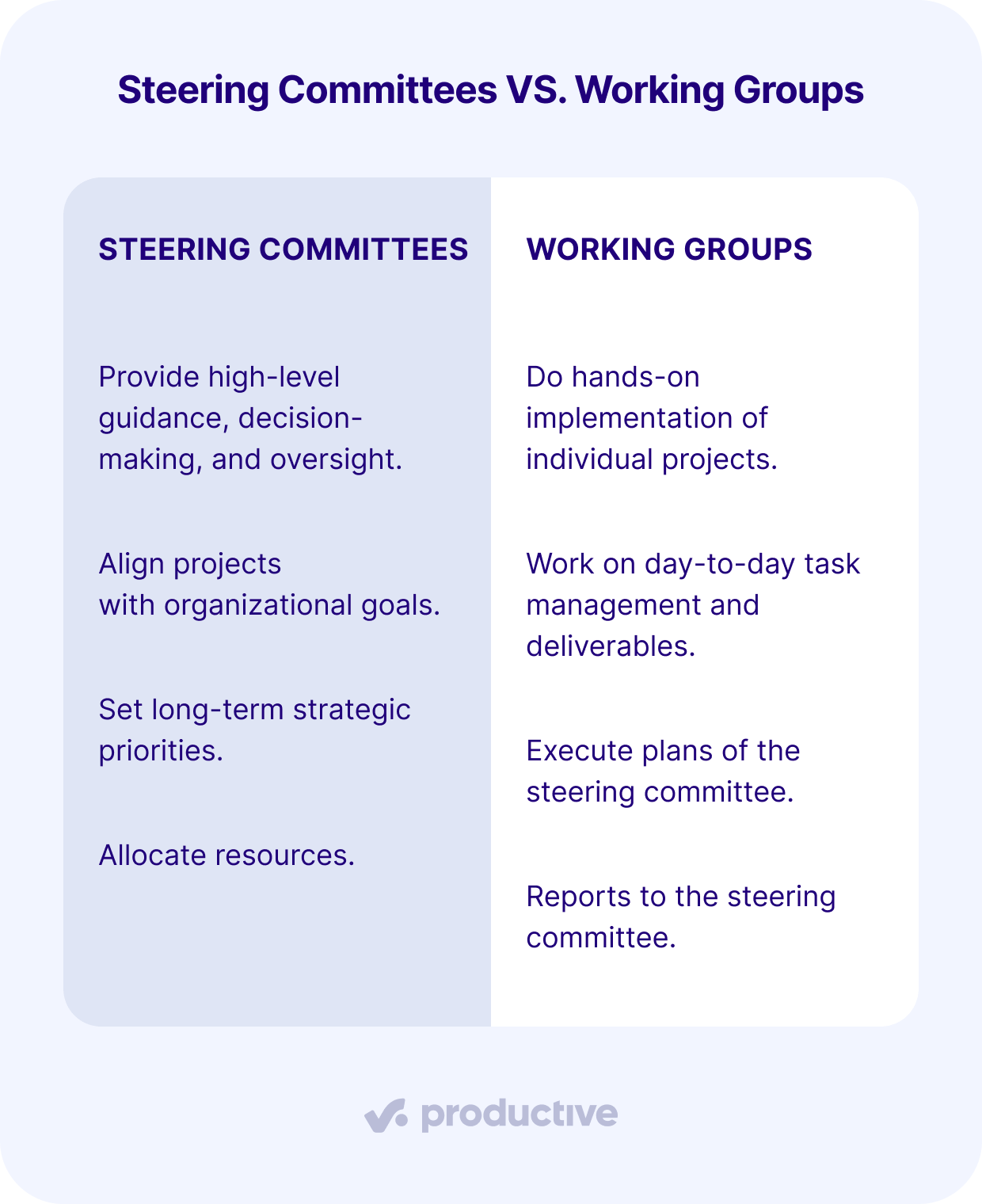
An example of this would be multinational corporations, where the committees focus on high-level oversight, setting long-term strategic priorities for initiatives like global market expansion.
In contrast, working groups – composed of regional sales and operations teams execute the strategy by identifying local market trends and operational challenges.
This division allows high-level executives to maintain strategic focus while specialists handle execution.
Adaptations Across Different Industries
As said, the application of steering committees and working groups varies across industries. Each of these structures should be adapted to suit the project’s unique needs and challenges.
For example, in the technology sector and IT development, steering committees often focus on aligning projects with overall business strategy, while working groups tackle technical aspects.
In contrast, healthcare projects may emphasize patient safety and regulatory compliance in their board structures.
How To Establish Steering Committees?
Establishing steering committees starts with selecting members who have the right mix of expertise, influence, and commitment to the project’s success.
Stick with the best practices we’ve defined earlier, like setting clear expectations, encouraging open communication, and promoting a shared sense of purpose among the group members.
Here are the most important factors that influence the board’s success:
- The choice of stakeholders and group members
- A clearly defined purpose and agenda
- The quality of communication and collaboration the group has
- Up-to-date project reviews and timely response to project setbacks
Select the Right Members
Always aim for a diverse group with complementary skills and backgrounds covering multiple project areas. You need to include key stakeholders, subject matter experts, and representatives from various departments of working teams.
Don’t just focus on the skill set; also seek out members who are collaborative, emotionally intelligent, open-minded, and committed to the project’s success. The right mix of people brings productive discussions and effective decision-making.
Build a Healthy and Collaborative Environment
Committee members need to communicate openly and stay focused on the project objective. Once you’ve assembled a diverse committee group, maintain a collaborative environment and encourage communication, trust, and mutual respect.
Here are a few tips:
- Establish clear roles and responsibilities for each member
- Schedule regular meetings to discuss progress and address concerns
- Encourage active listening and constructive feedback during discussions
- Celebrate successes and learn from setbacks as a team
- Keep everyone up to date with project management tools that have strong task management and reporting features
Track tasks and manage projects with Productive
Conclusion
Steering committees are one of the most important factors in successfully managing project delivery.
They provide strategic guidance and support to working teams. In order to establish functional steering committees, you need to understand their purpose, purpose, structure, and best practices.
The biggest challenges are conflicting priorities and communication gaps. A steering committee’s performance can be optimized using comparative analysis and practical implementation tips covered in the article.
A committee’s job can be made easier if working groups and committee members use project management software like Productive.
Book a demo today and help your committee make the best data-driven decision that drives project success.
FAQ
What is a steering committee in project management?
A steering committee is a governance body composed of key stakeholders that provide strategic oversight, make high-level decisions, and ensure a project aligns with organizational goals.
What are the five functions of a steering committee?
The five functions of a steering committee are to provide strategic guidance, perform key decision-making, manage risks, allocate resources, and oversee performance.
What is the difference between a PMO and a steering committee?
A PMO (Project Management Office) oversees project execution and delegates the daily task management, while a steering committee focuses on high-level decision-making project governance and decides on an organization’s priorities or order of business.
What is the difference between a project sponsor and a steering committee?
A project sponsor is a single executive who champions the project, secures funding, and provides direction, whereas a steering committee is a group that collectively makes strategic decisions and ensures project success.
Keep Your Projects on Track With Productive
Manage all aspects of project management with a single tool.
